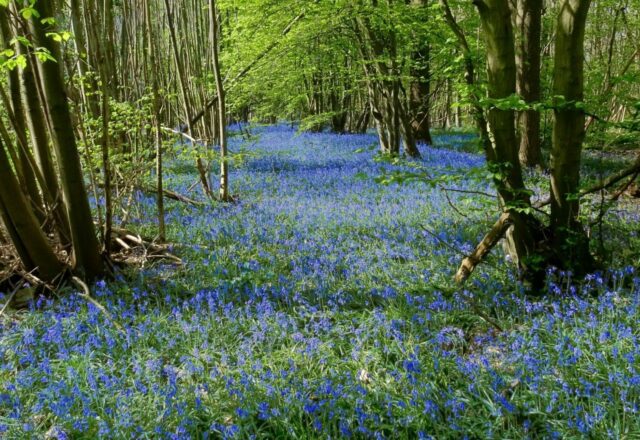Flagship Species are those we champion as symbols of the diverse and unique wildlife of Kent Downs. These species capture the imagination, raise awareness, and act as rallying points for conservation action. Through targeted efforts, we hope to not only protect these species but also inspire a wider movement of environmental care, stewardship, and community involvement.
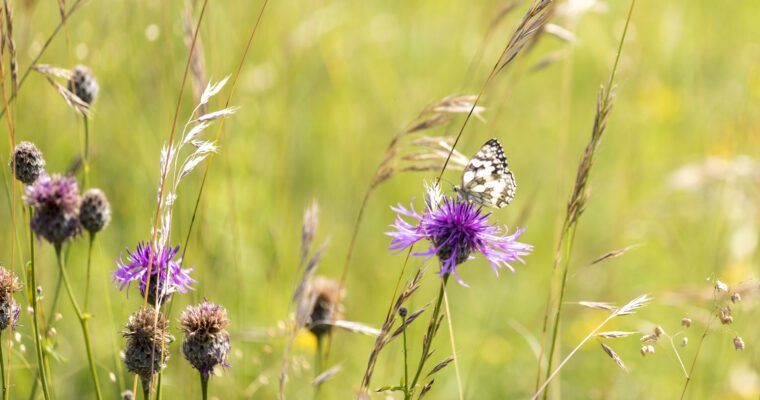
What Makes a Flagship Species?
A flagship species is one that stands out. It might be iconic, beautiful, or even rare—capturing hearts and minds and motivating action. These species often hold special meaning for local communities, and their conservation becomes a symbol of the health and vibrancy of the entire landscape. The flagship species selected for Kent Downs NNR embody the area’s natural beauty and the need for focused conservation.
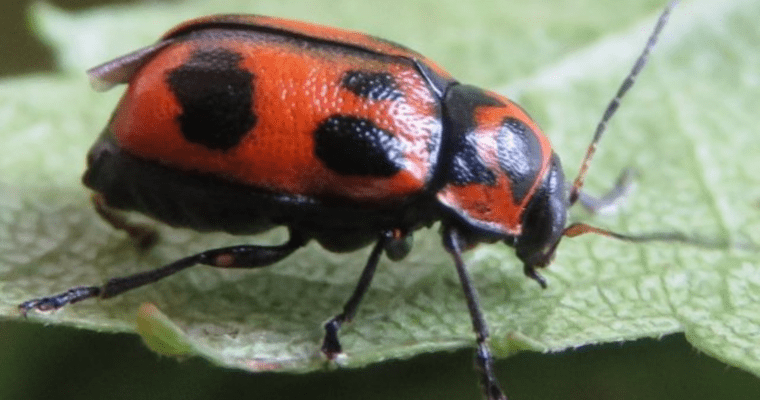
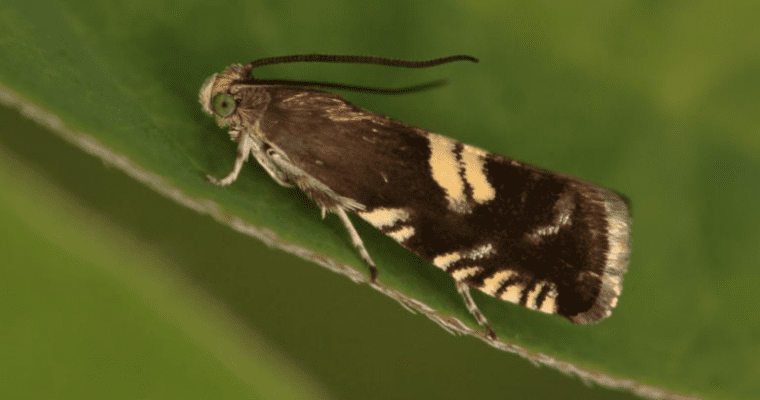


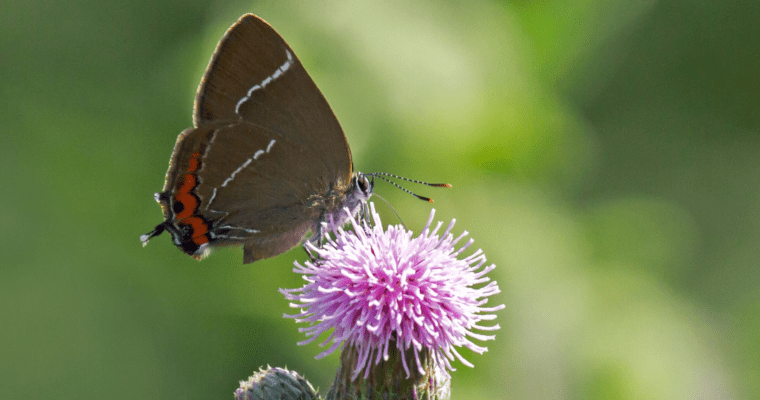
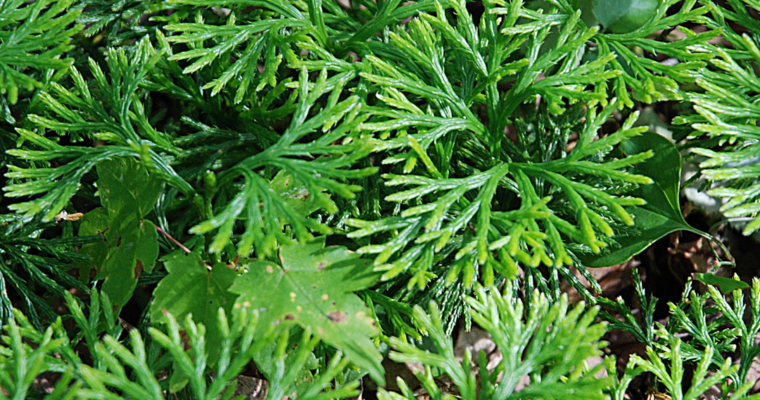
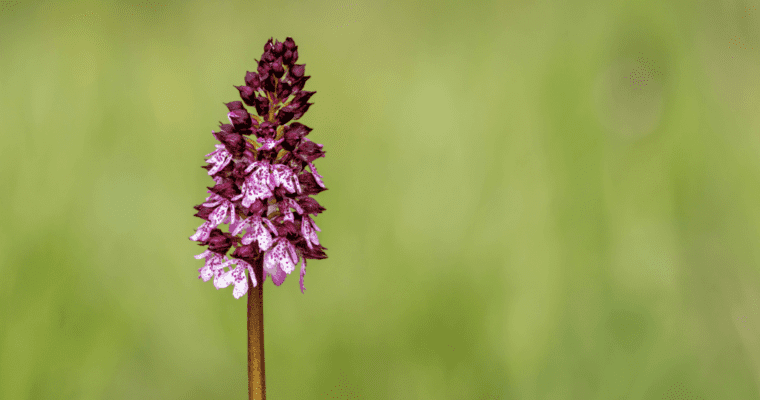 Lady Orchid The lady orchid, with its tall spikes of purple-pink flowers, flourishes in North Kent’s woodlands and grasslands, supporting pollinators and biodiversity.
Lady Orchid The lady orchid, with its tall spikes of purple-pink flowers, flourishes in North Kent’s woodlands and grasslands, supporting pollinators and biodiversity.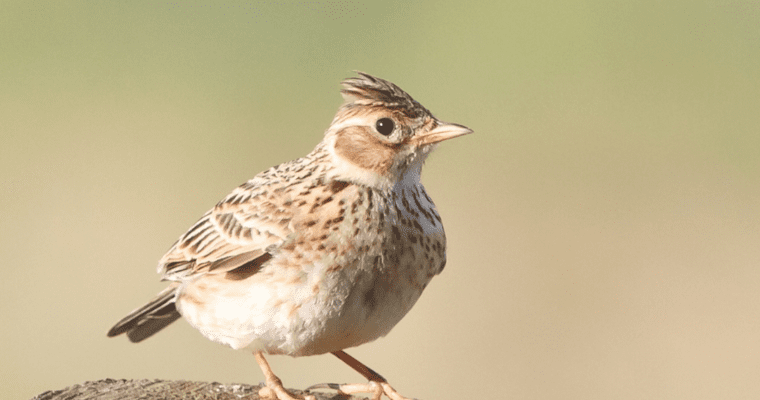
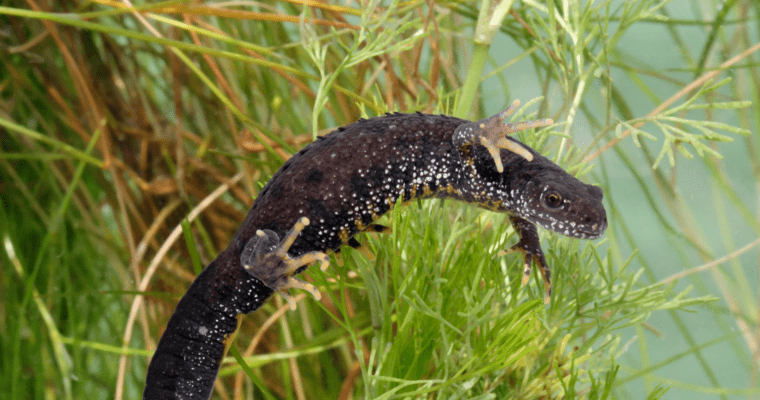
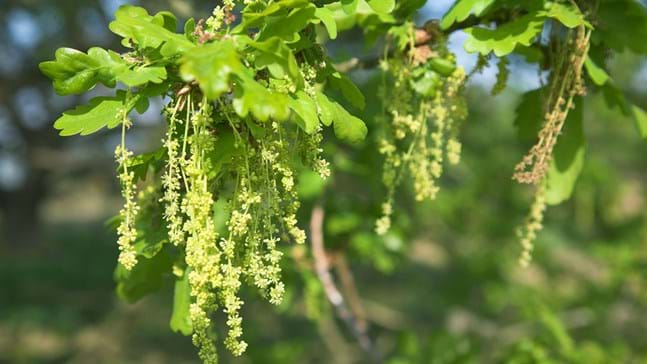

The flagship species of Kent are not just symbols of the region’s natural beauty—they are vital to the ecological balance of our landscapes. Their conservation is a reflection of our commitment to maintaining a thriving, biodiverse environment. By supporting the preservation of these species, you play an essential role in securing the future of Kent’s wildlife. Join us in ensuring these remarkable species continue to thrive, inspiring others to care for the wild places that make Kent unique.



